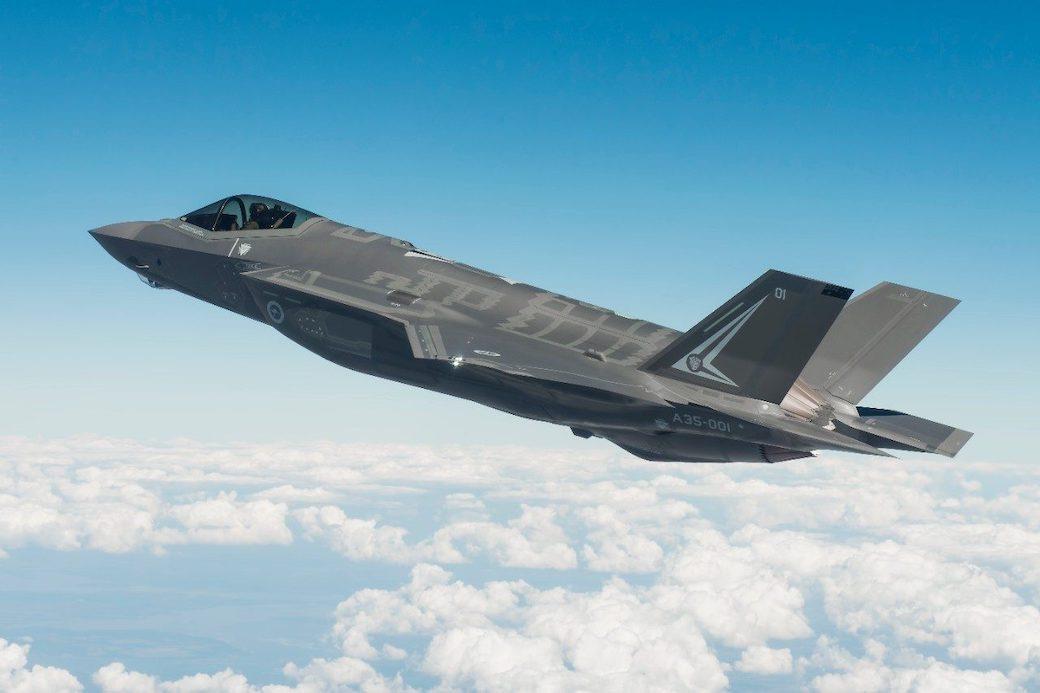
Credit: Lockheed Martin
Lockheed Martin has further delayed delivery of the first F-35 upgraded with new avionics, to the second quarter of 2024, adding more jets to a backlog of deferred shipments since 2020, the company announced on Sept. 6. The latest schedule slip means Lockheed now expects to deliver only 97 F-35s...
Subscription Required
This content requires a subscription to one of the Aviation Week Intelligence Network (AWIN) bundles.
Schedule a demo today to find out how you can access this content and similar content related to your area of the global aviation industry.
Already an AWIN subscriber? Login
Did you know? Aviation Week has won top honors multiple times in the Jesse H. Neal National Business Journalism Awards, the business-to-business media equivalent of the Pulitzer Prizes.





